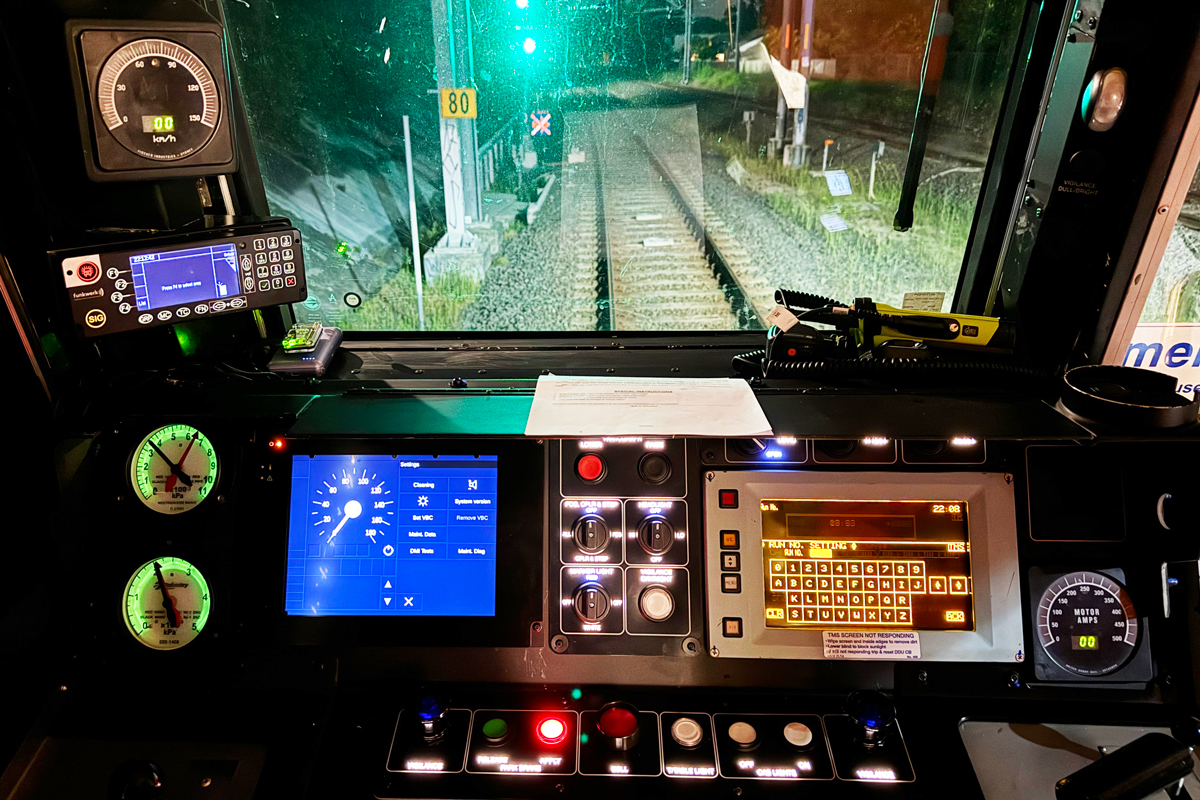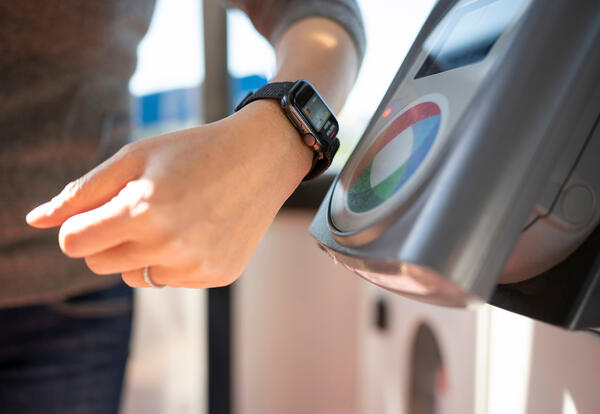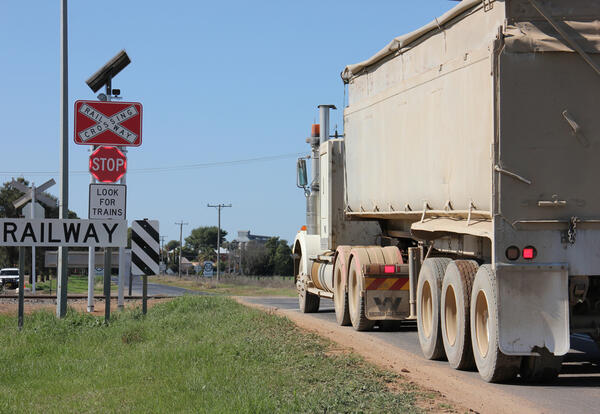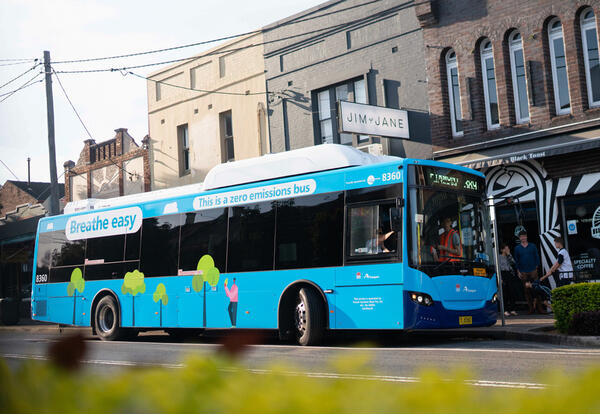Transport technology case study: Digital Systems Program

'In cab' train control technology. Image: Transport for NSW
Introduction
Sydney Trains is introducing new digital trackside and onboard technology which will be simpler and easier to maintain. It will have superior reliability, meaning fewer delays from signal failures. The systems will allow track, train and signalling systems to ‘talk’ to each other continuously, helping the rail network to operate more effectively and recover from challenges faster.
Challenge
Signalling is essential to the safe and efficient operation of any train network. Signalling protects passengers and staff by keeping trains at a safe distance from each other. Advanced signalling is one of the keys to unlocking network capacity, allowing more trains to safely share the network and ensuring quick recovery from unforeseen events. The signalling system must be highly reliable, as any failure could lead to frustrating delays for passengers.
Solution
Traditional trackside signalling equipment is being replaced with the latest ‘in cab’ train control technology. This new system changes the way train drivers receive signalling information – instead of relying on fixed traffic light signals outside the train, the driver responds to digital information received within the train cab. While the driver always remains in control, the system assists with safety and will eventually provide for reduced and more consistent journey times.
Tranche 1 of the digital systems upgrade is being rolled out on the T4 line from Sutherland to Cronulla, and from Erskineville to Bondi Junction, with the technology expected to be operational from 2025. Tranche 2 covers the North Shore and City Area and is planned to be operational later in the 2020s.
Digital systems will deliver passengers an estimated 10% saving in journey times and an estimated 13% reduction in network delays once it is deployed across the network and the technology enhancements are complete.
Expected outcomes
Digital Systems will eliminate signalling constraints and therefore contribute to creating more network capacity, enabling an increase from 20 up to 24 trains per hour if combined with other initiatives. This is a 20% increase in frequency compared to the limits experienced with current systems. The Digital Systems Program is also expected to deliver improved network reliability, meaning reduced network delays and journey times.
Related information
The Digital Systems Program is replacing current signalling and train control technology on the Sydney Trains network with modern, internationally tested intelligent systems.
Transport technology case studies

Next generation of Opal
The Opal Next Gen upgrade will leverage new technologies to enhance passengers’ ability to plan, pay and get information about their journey.

Level Crossing Technology Trial
Innovative technology aims to improve safety at railway level crossings in regional NSW.

Zero Emission Buses
Our fleet of 8,000 buses will be transitioned to 100% zero emissions technology by 2047.
